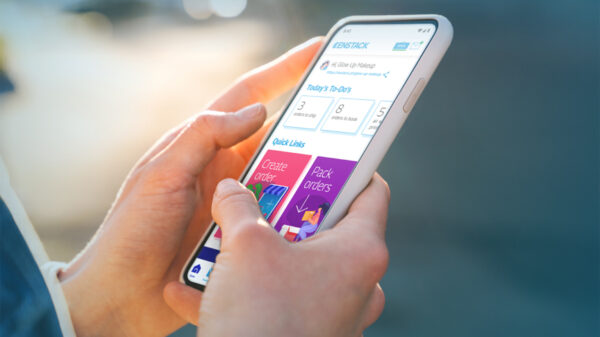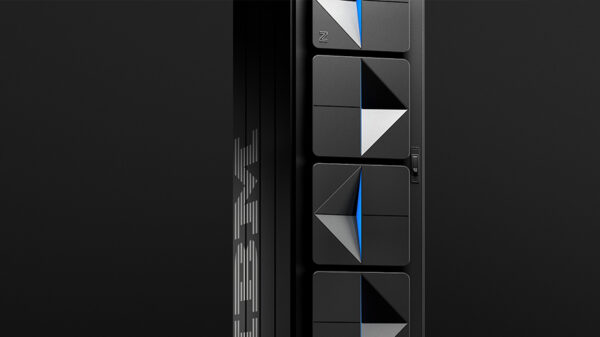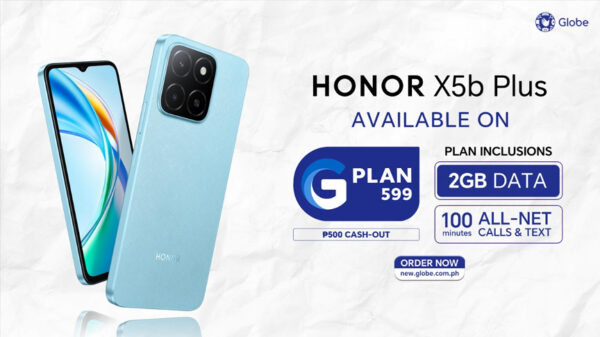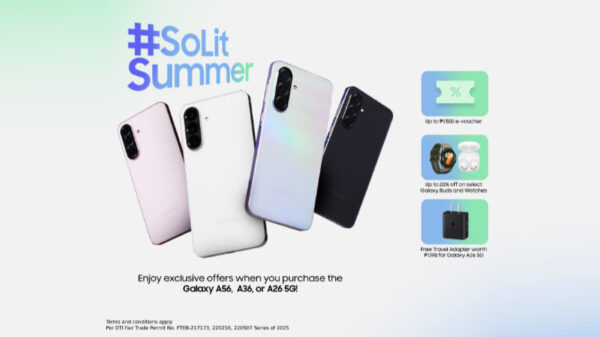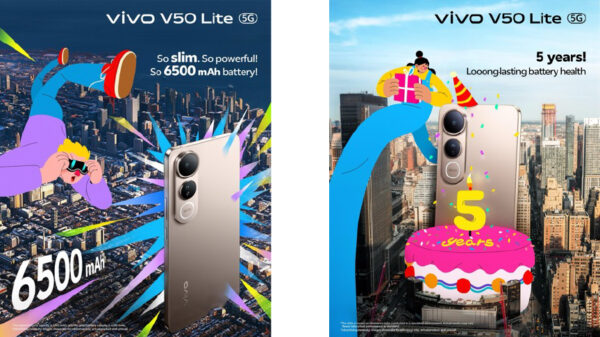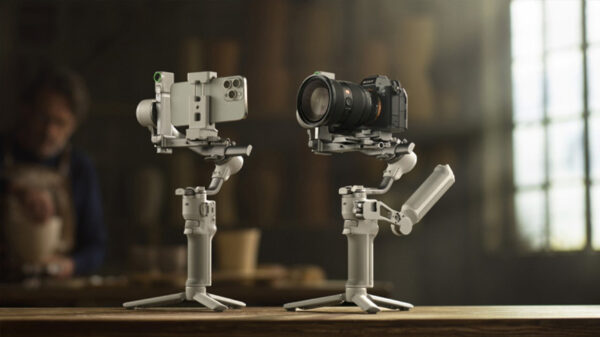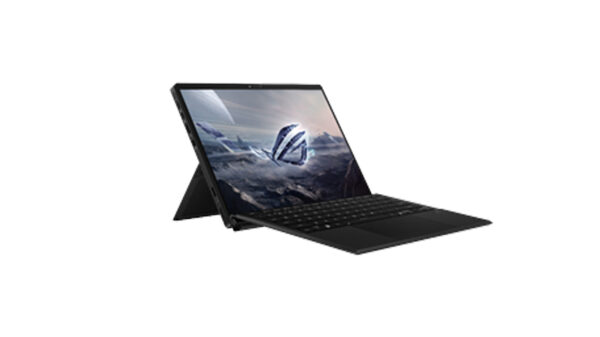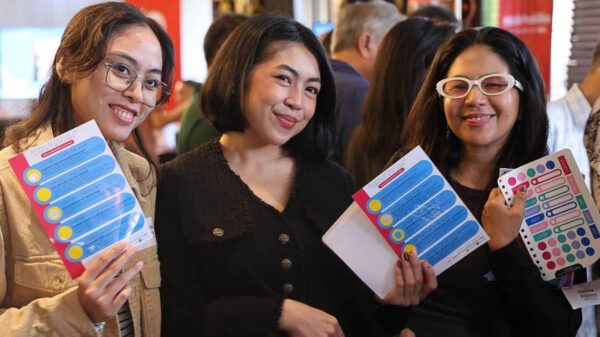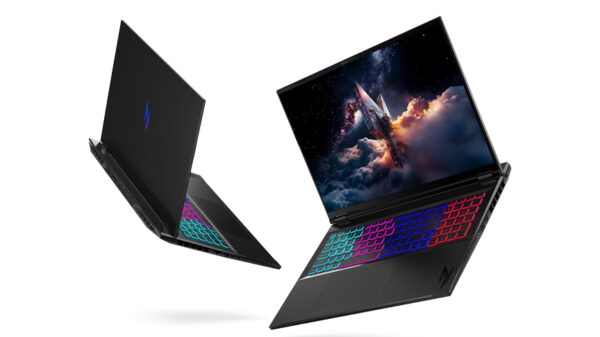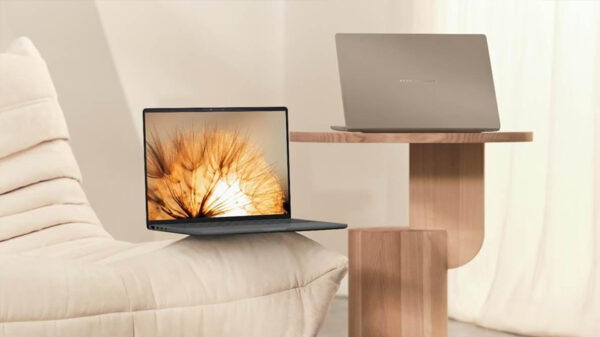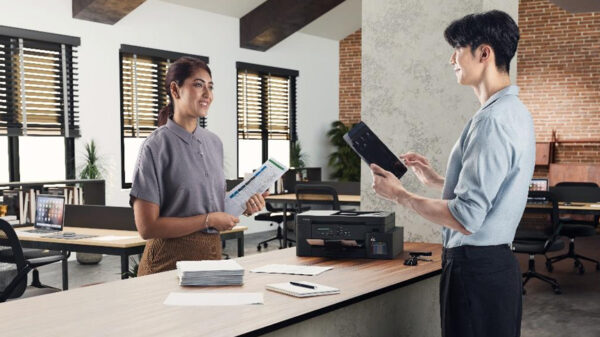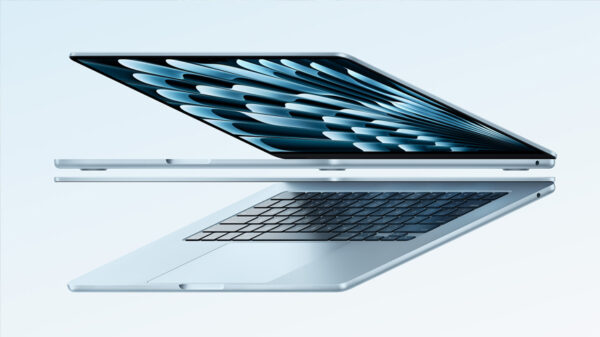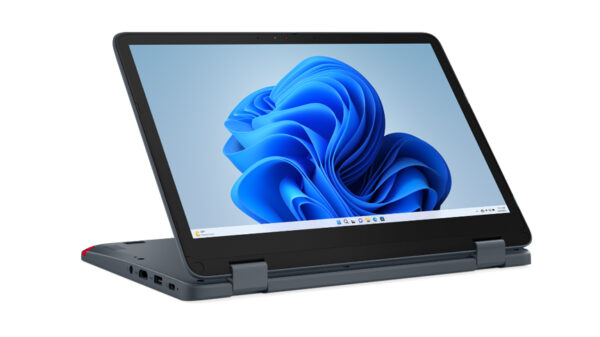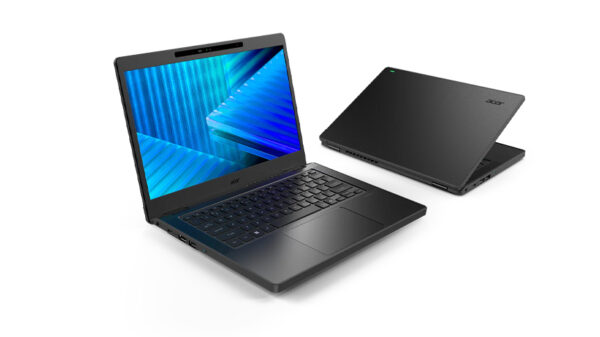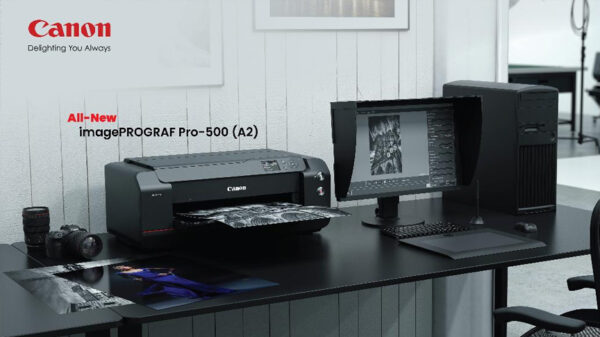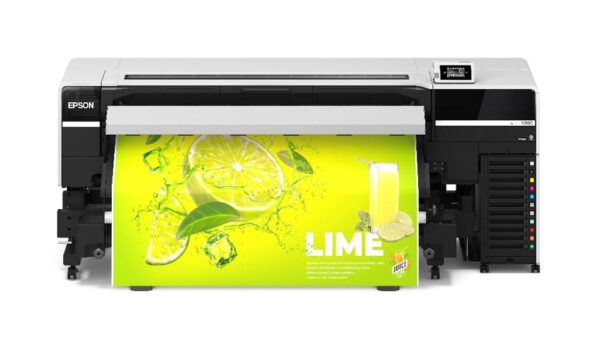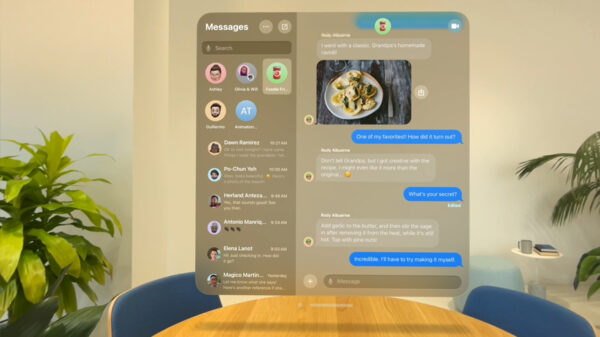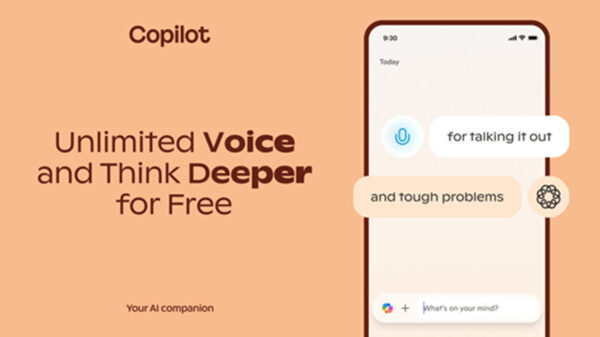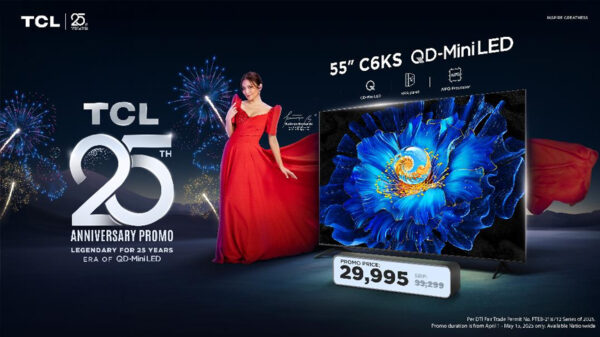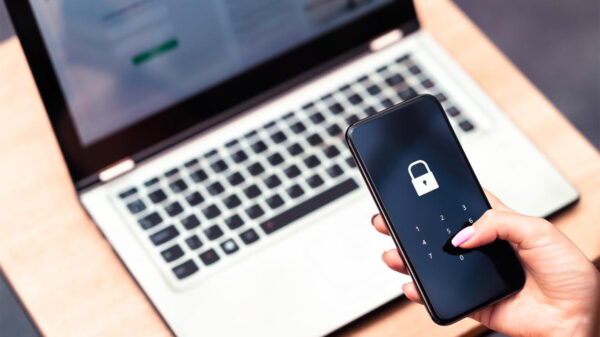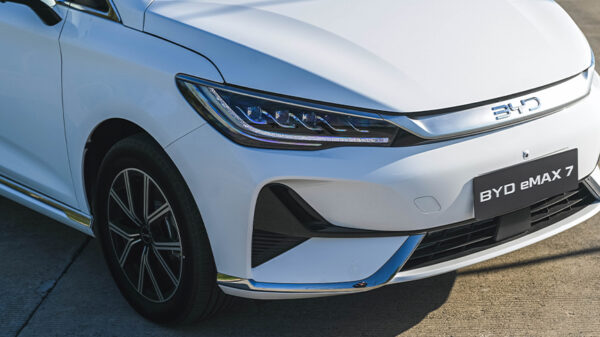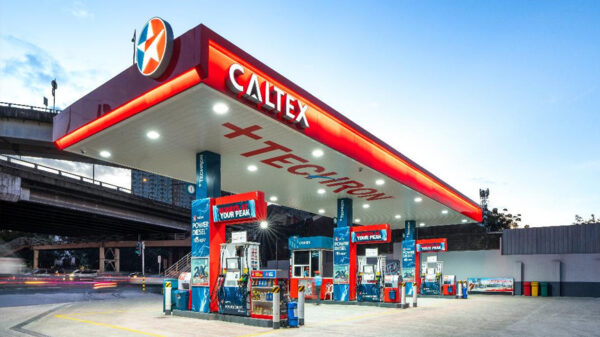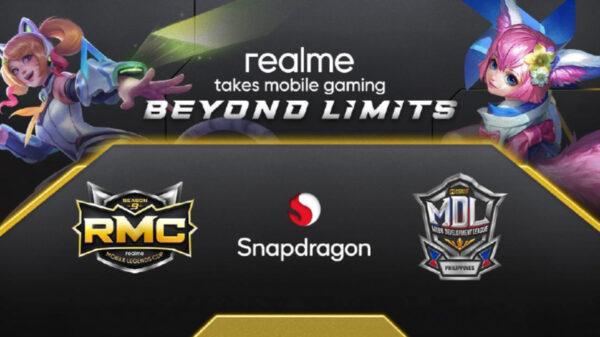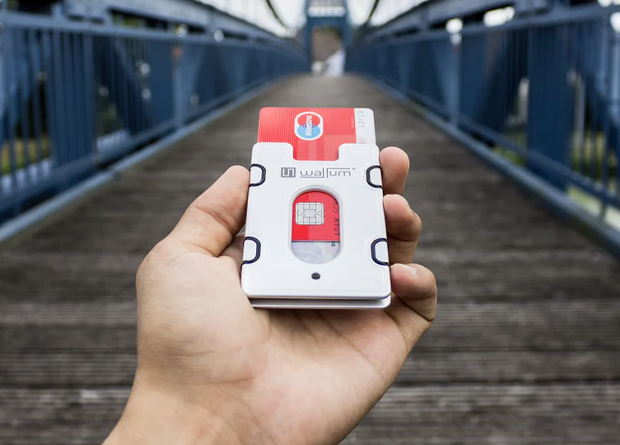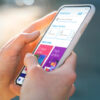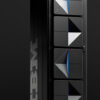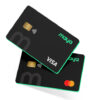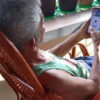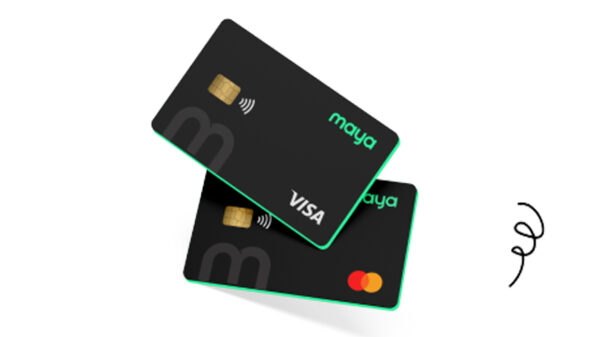FICO, a global analytics software firm, released its Consumer Digital Banking Survey which found Philippine consumers are more comfortable opening bank accounts on their smartphones than consumers in the US and the UK.
The study showed that 26 percent of Filipinos prefer to open a bank account on their phone, compared to 18 percent in the US and 25 percent in the UK.
“Filipino consumers are digital natives,” said Subhashish Bose, FICO’s lead for fraud, security and compliance in Asia Pacific. “Around 40 percent of Filipinos have a smartphone and according to a recent study they rank in the top 10 mobile internet users globally, spending an average of 4.58 hours a day on their phones.”
The study showed that digital account opening is rapidly becoming the norm in the Philippines, with 76 percent of consumers saying they would open some kind of financial account online.
Of those that would open a financial account online, 40 percent would consider doing so for an everyday transaction account, 38 percent for a credit card and 33 percent for a personal loan.
Bucking expectations, it was older consumers in the Philippines who were more likely to be leading the digital push with the youngest Filipinos being the laggards.
- 46 percent of those over 55 years of age said they would open a bank account online
- 40 to 45 percent of 25-34, 35-44 and 45-54 year-olds said they would do the same
- While just 28 percent of 18-24-year-olds would open a bank account online
“The truth in the numbers here is far more nuanced,” explained Bose. “Younger Filipinos are adept at using smartphones and computers, however, many do not have the required identification forms to open bank accounts at a young age, don’t have regular income or are presented with bank account options that are not appealing. For example, many bank accounts in the Philippines require a minimum balance to avoid monthly account-keeping fees.
“As consumers’ reliance on online services grows in response to COVID-19, we expect further shifts in adoption and indeed an acceleration and acceptance in opening bank accounts digitally. It is important that banks closely examine any points of friction in their application process to ensure consumers are not abandoning a process or switching to a competitor,” said Bose.
Filipinos expect account opening to be fully digital
The survey found that a large percentage of Filipinos had an expectation that they should be able to complete all aspects of account opening online or on their phone.
Out of the regular identity checks needed to open an account, 67 percent of Filipinos thought they should be able to prove their identity by scanning documents or providing a selfie, 47 percent expected to prove where they live without going offline and 45 percent said they should be able to set up a biometric such as a fingerprint scan at account opening.
If all actions required to complete an account opening cannot be accomplished in-session, only 41 percent of respondents said they would carry out the necessary offline actions as soon as possible.
Around 33 percent thought they would eventually complete offline actions such as taking a phone call, posting documents, or visiting a branch. A further 13 percent said they would try a competitor while 5 percent said they would give up completely. Overall findings demonstrated that financial institutions in the Philippines that don’t facilitate a completely digital account opening experience could lose over 40 percent of their new business.
“There is research to show that only 6 to 9 percent of applicants move through the funnel and complete the process,” said Bose. “Banking executives should review the application completion for authenticated versus non-authenticated applications, as well as how many applicants with saved or abandoned applications return to complete the process.”
FICO’s Consumer Digital Banking Survey was produced using an online, quantitative poll of 5,000 adults (over 18) across 10 countries carried out on behalf of FICO by an independent research company. The countries surveyed were: Brazil, Canada, Germany, Malaysia, Mexico, Philippines, Sweden, UK and the USA.

